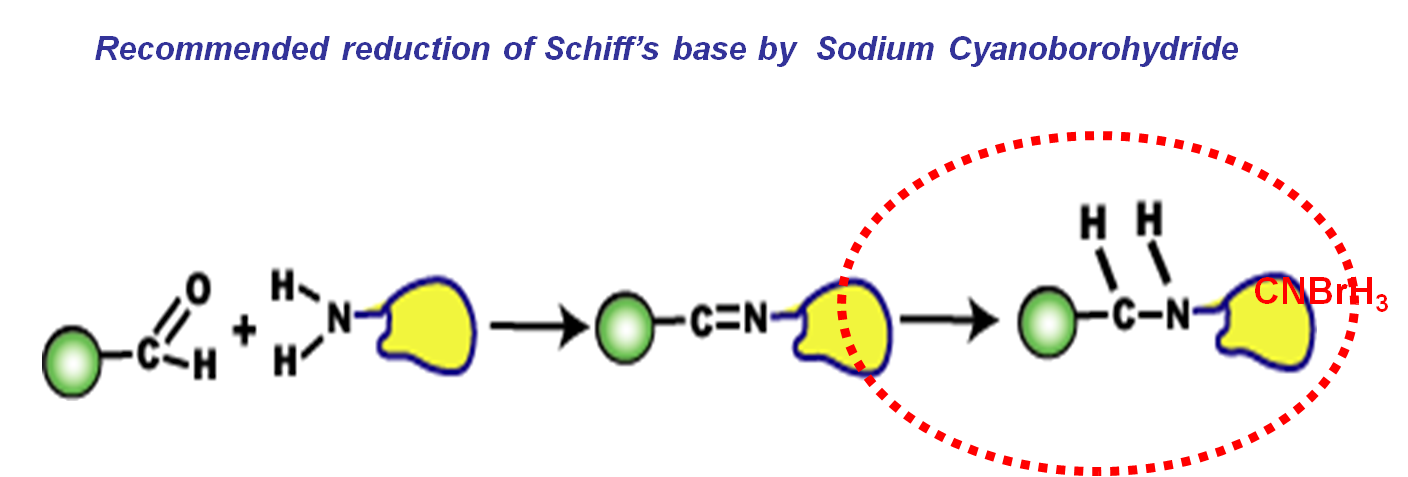Stability of Immobilized Proteins
3.5.9.
By repetitive perfusion of a bead layer trapped in the flow cell by pulses of 0.1 M hydrochloric acid, it was possible to monitor ligand leakage of various proteins bound to Aminolink 1 support (next slide). Leakage of ribonuclease A immobilized at pH 10 remains under the detection limit, indicating loss less than 1%. Indeed, leakage of all immobilized ligands from Aminolink 1 beads was found to be at that very low level, confirming the excellent quality of this support. It was surprising, however, to find that a recommended treatment of beads with NaCNBH3 had no positive effect on leakage rate. Actually, comparison of leakage rate from Aminolink 1 treated with NaCNBH3 (Trace C) with beads that have not been treated (Trace A,B) show the same low leakage rate. Yet, beads treated with NaCNBH3 show a slight increase in absorbance during the monitoring sequence. A possible explanation for this anomaly is that treatment with NaCNBH3 makes the agarose beads more elastic, so that beads become gradually more densely packed into the flow cell. While the effect is far too small to have any practical consequences, the surprising conclusion of this finding is that the use of highly toxic NaCNBH3 is quite unnecessary.










